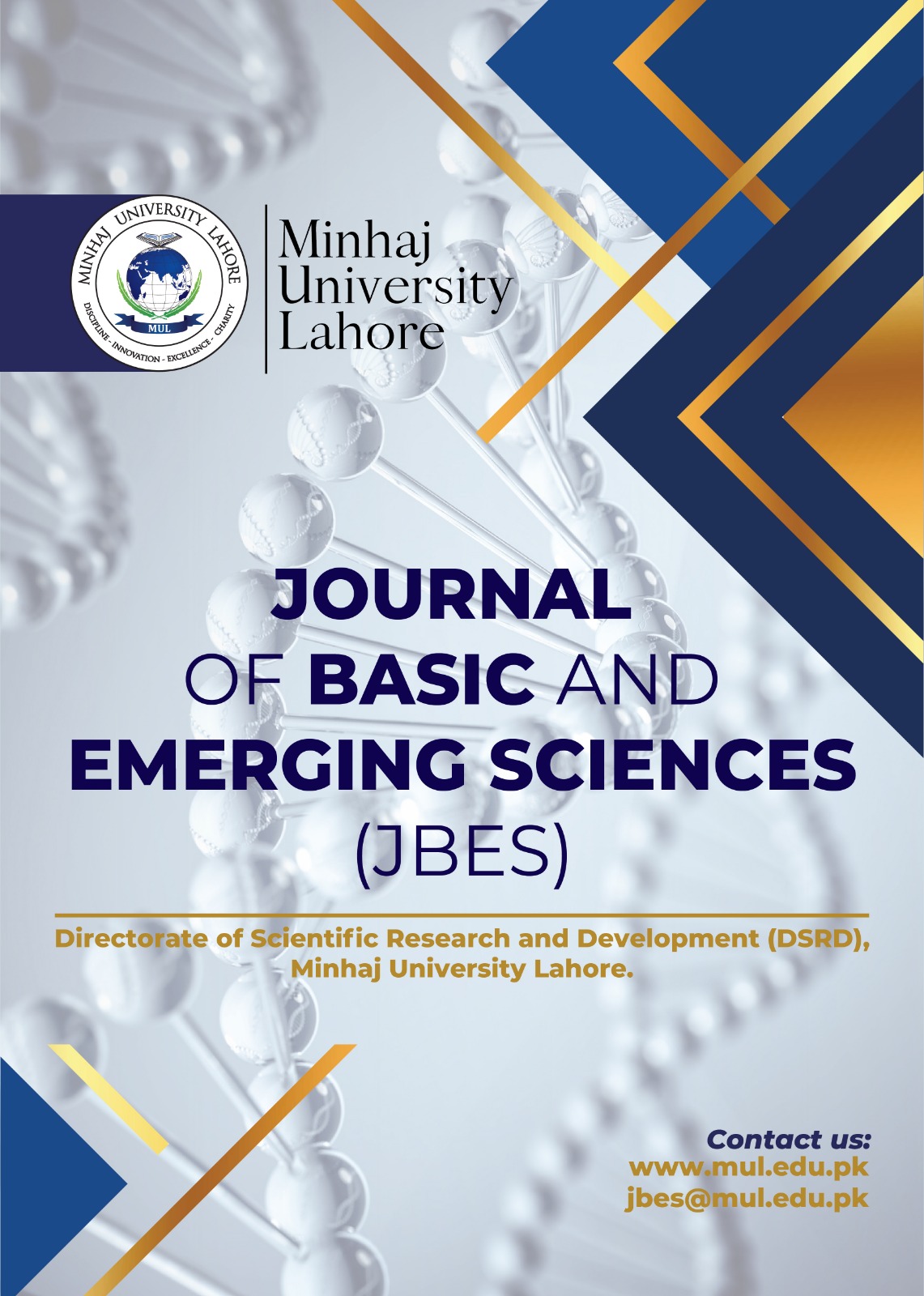Spinal Muscular Atrophies in Pakistan: A Complex Genetic Disease
DOI:
https://doi.org/10.58932/MULH0022Keywords:
Androgen Receptor, ATPase Copper Transporting Alpha, Bicaudal D Homolog 2, Barkor (LC3-Associated) Autophagy Regulator 2, Dynactin Subunit 1, DnaJ Heat Shock Protein Family (Hsp40) Member B2, Immunoglobulin Heavy Chain Binding ProteinAbstract
Spinal Muscular Atrophy (SMA) is a severe hereditary neuromuscular disorder, most commonly manifesting in childhood, characterized by the degeneration of spinal motor neurons and progressive muscle atrophy, paralysis, and respiratory complications that often lead to early mortality1. This study employed a comprehensive literature review methodology, synthesizing genetic, clinical, and epidemiological data with a focus on the Pakistani population. The review analyzed the roles of SMN1 and SMN2 genes on chromosome 5q13, as well as other genetic contributors such as HSPB1, GARS1, and VAPB, to understand the molecular mechanisms and inheritance patterns underlying both distal and proximal SMA variants. The Key findings reveal that approximately 68% of Pakistani SMA Patients have SMN gene deletions, a prevalence influenced by high rates of consanguinity and birth rates in the region1. The study highlights the genetic heterogeneity of SMA, with various genes affecting pathways like RNA metabolism, axonal transport, and protein folding. Recent therapeutic advances, particularly antisense oligonucleotide treatments targeting SMN2 splicing, have shown promise in increasing functional SMN protein levels, though long-term efficacy remains uncertain1. The findings underscore the importance of early diagnosis, genetic counseling, and targeted public health interventions to reduce the burden of SMA in high-risk populations, while also emphasizing the need for continued research into novel therapies and comprehensive care strategies.

